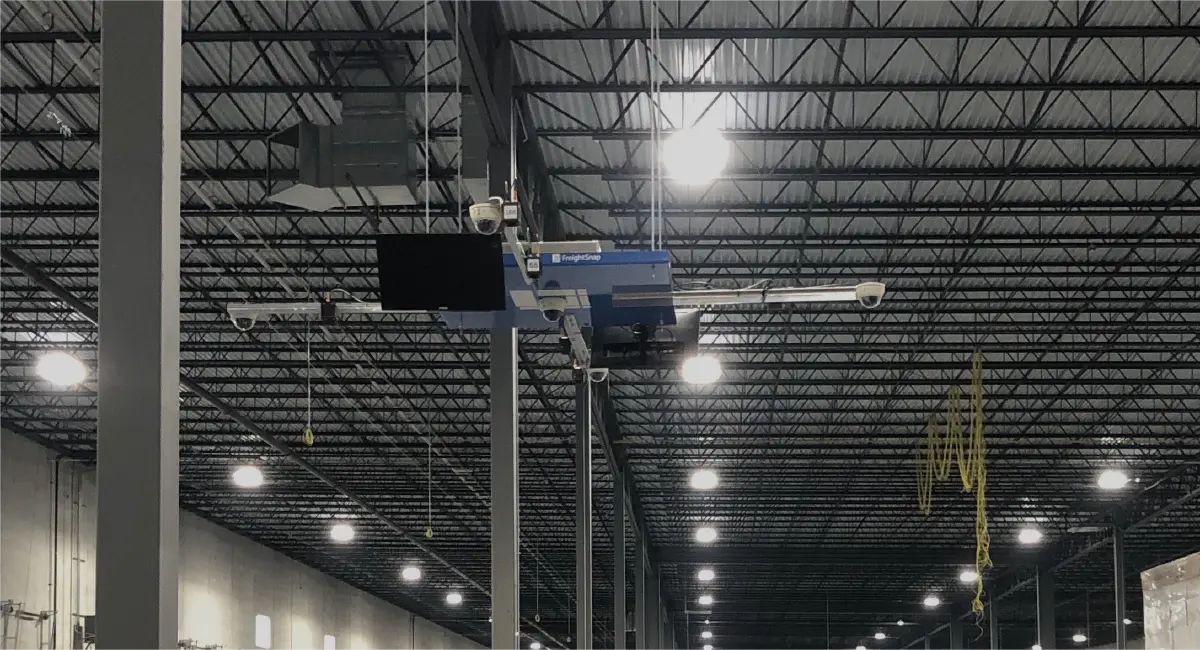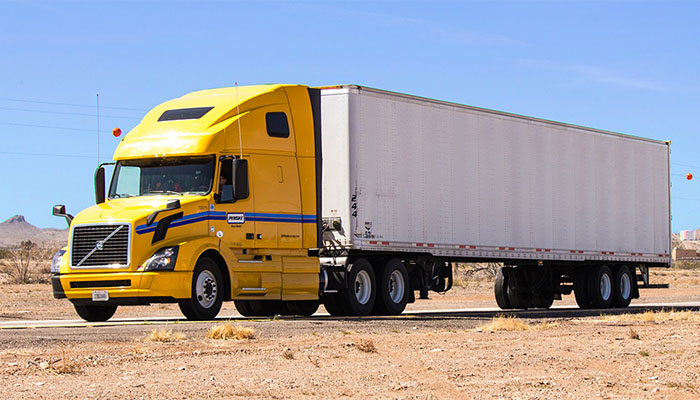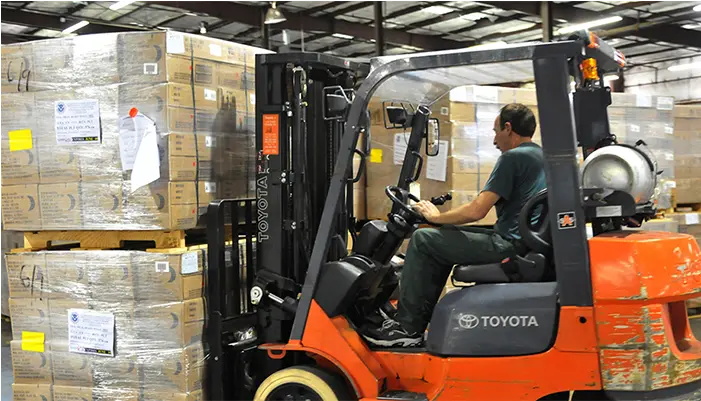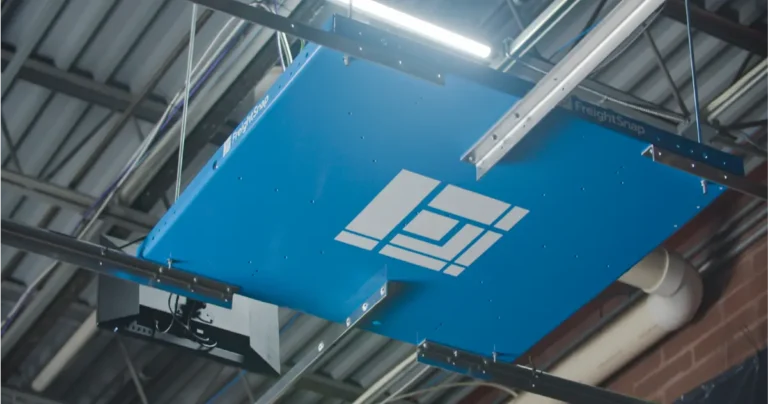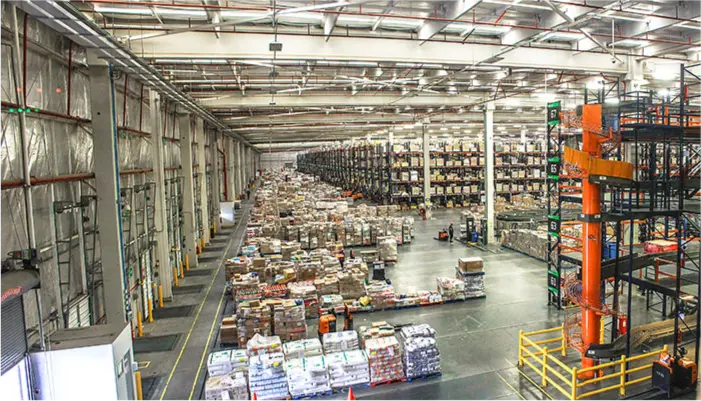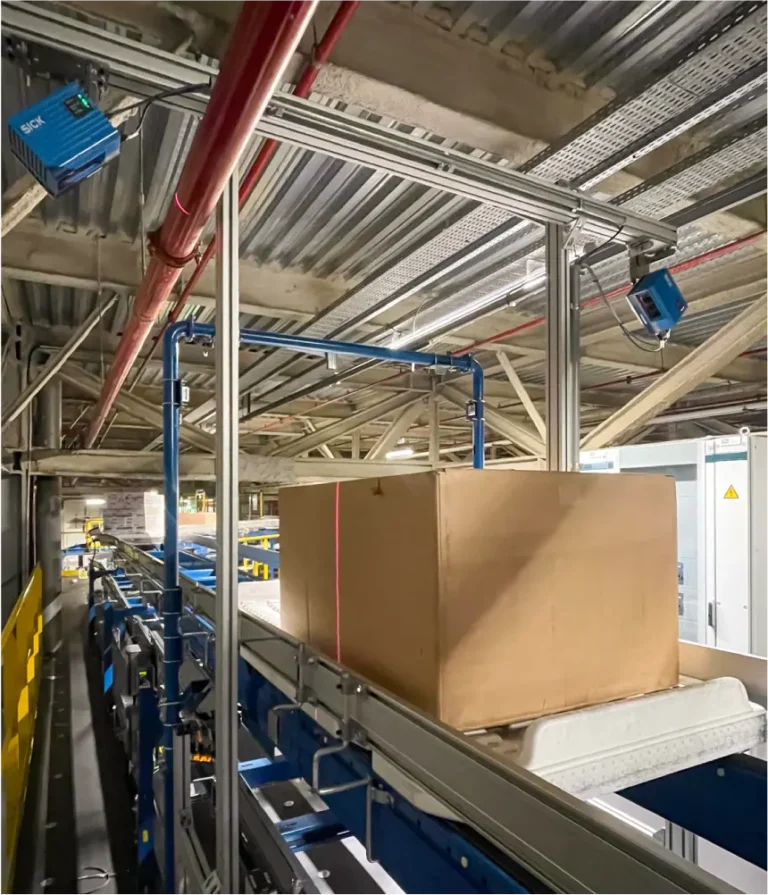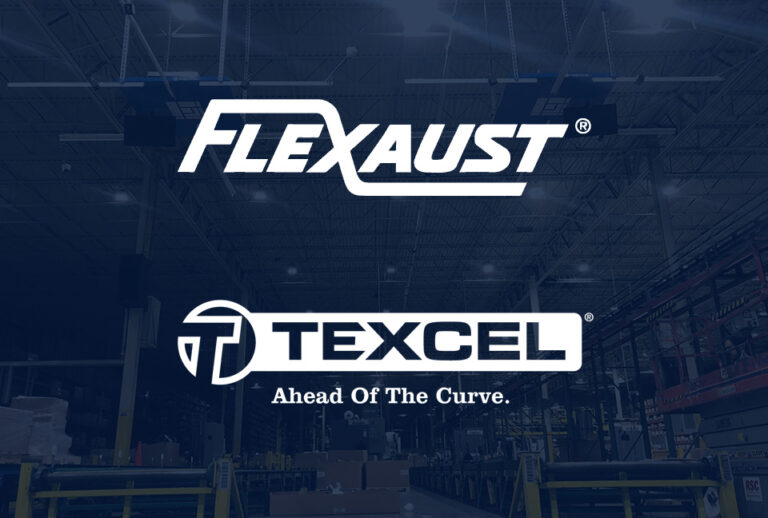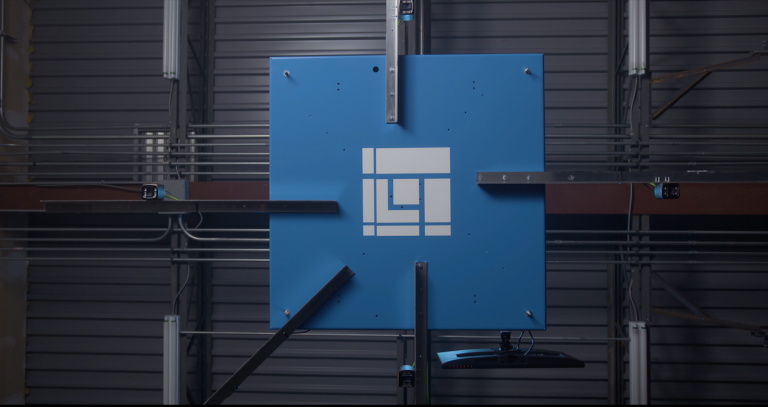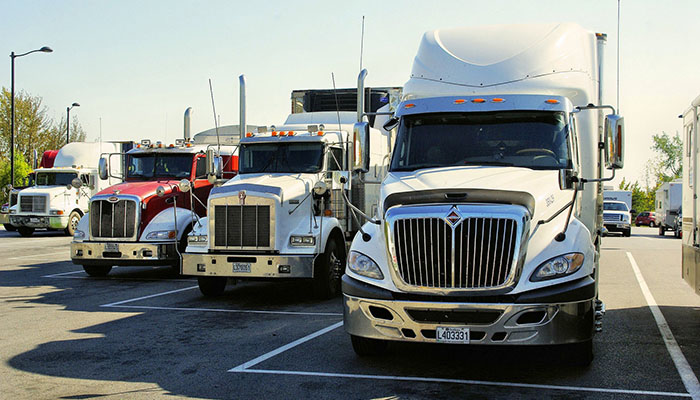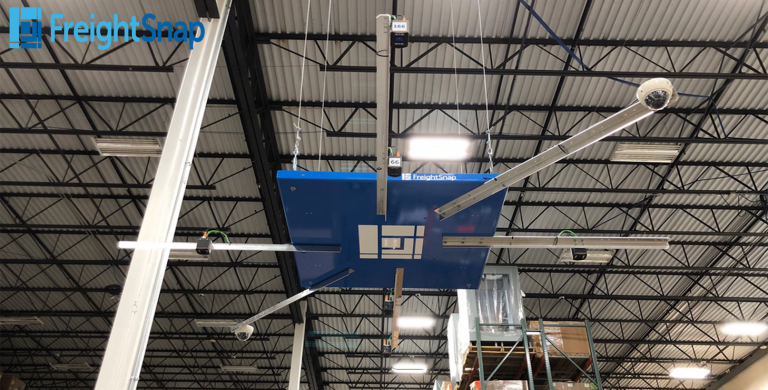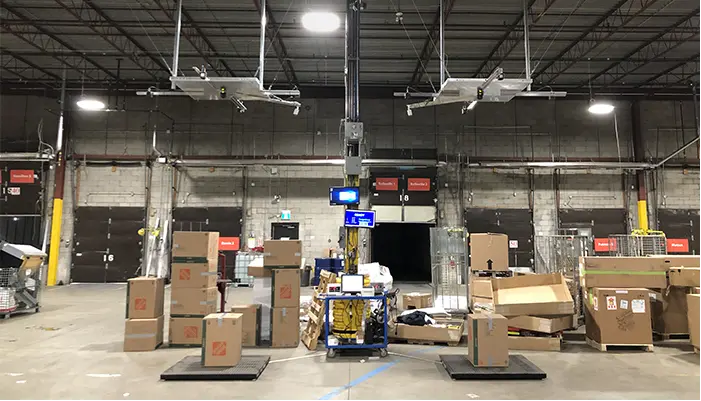Proper freight documentation facilitates a smooth shipping process, can help lower costs, and improves your odds of being reimbursed when filing damage claims. The companies that do it best all follow a similar set of procedures, which helps them avoid headaches on the back end. With a little work, any business can implement these best practices and join their ranks.
It All Starts with the Bill of Lading (BOL)
A bill of lading is defined as a contract for the carriage of goods and a document of title to those goods. It contains all the information carriers need to transport your freight to its final destination and should be provided to the carrier upon pickup.
When completed correctly, your bill of lading should include:
• The name and address of the shipper
• The name and address of the consignee (entity responsible for receiving the goods)
• The date of the shipment
• The number of units being shipped
• The declared value of the freight
• Freight classification (NMFC code)
• Weight of the shipment (if multiple units are being shipped, list each weight)
• A description of the goods being shipped
• Packaging type (cartons, pallets, skids, drums, crates, etc.)
• Accurate dimensions (length, width, height)
• PO or other account numbers used for tracking
• A note if the freight is considered a hazardous material (check here)
• Any special instructions for the carrier
Ensure the Accuracy of Shipment Information
As anyone who works in fulfillment knows, the freight preparation process can be hectic, leading to simple mistakes that can be costly down the road. Mistakes when measuring, weighing, or classifying freight can all lead to chargebacks from carriers. And now that most carriers are using automated dimensioning equipment to re-measure and re-weigh more freight than ever, shippers are seeing a greater number of billing adjustments.
To avoid these adjustments and ensure the accuracy of the information you collect, consider investing in dimensioning and weighing equipment of your own. A 5,000 to 10,000-pound capacity floor scale will only set you back between $500 to $1,500, and is easily worth the investment if you ship more than a handful of pallets each week. Affordable, automated dimensioning equipment can also be purchased, providing you with legal-for-trade measurements and photos of your freight that will not only reduce the number re-classification fees you receive from carriers, but also allow you to refute any re-class fees you do receive with your own verified measurements.
And Speaking of Photos…
Part of protecting your investment is documenting the condition of your freight before it’s shipped. As mentioned, a dimensioner does this automatically each time a shipment is measured. If you don’t have a dimensioner, or don’t plan to buy one anytime soon, you can also do this manually. Just snap photos of your freight after it has been secured and packed onto the pallet. Show all four sides of the shipment if possible. This way, if your freight is ever damaged or lost during transit, you’ll have proof of its condition, making it much harder for carriers to deny your claim.
For more articles like this, subscribe to our newsletter!
Was this article helpful?
Michael Eichenberg is the co-founder and CEO of FreightSnap, allowing the supply chain, logistics, manufacturing, distribution and transportation industries to measure, weigh, photograph and ID pallets and parcels in just seconds. Learn more and share your ideas on Facebook and LinkedIn.

